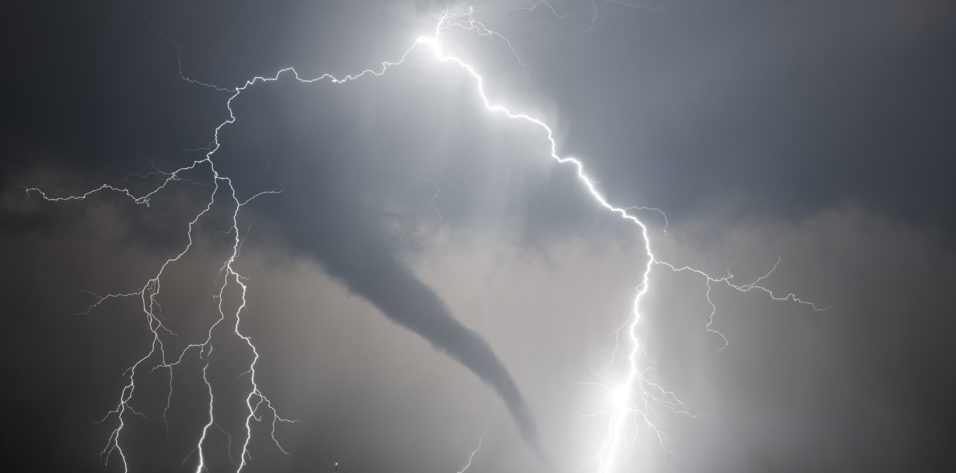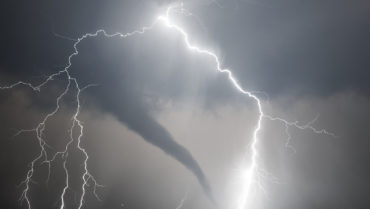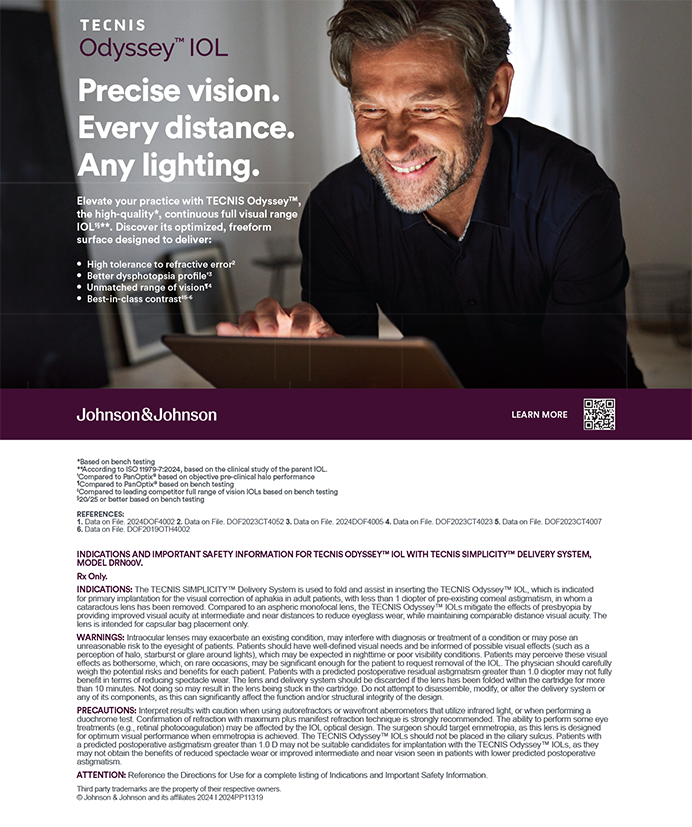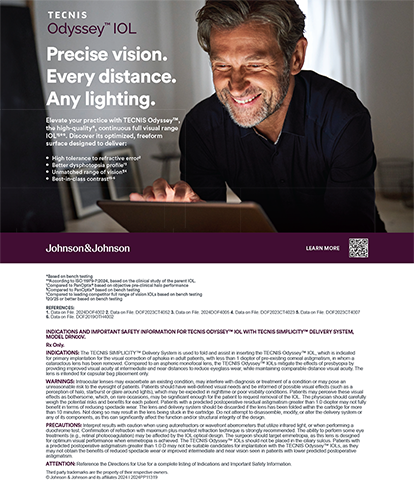
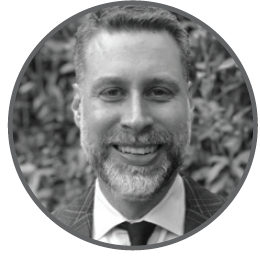
On April 2, 2017, several tornados swept through Louisiana (Figure 1). One of them, with wind speeds clocked at 110 mph, ripped through the neighborhood in Alexandria, where Wallace Eye Associates has stood for decades. There were no warnings in the news of upcoming weather events or other indications of impending trouble, so we had no way to prepare. Having successfully rebounded from the destruction that ensued, however, we are now much better equipped to face a similar event in the future—if we are ever again in the path of a natural disaster. This article describes some of what we have learned and offers some suggestions for those who may not have thought deeply about preparing for unexpected destruction.
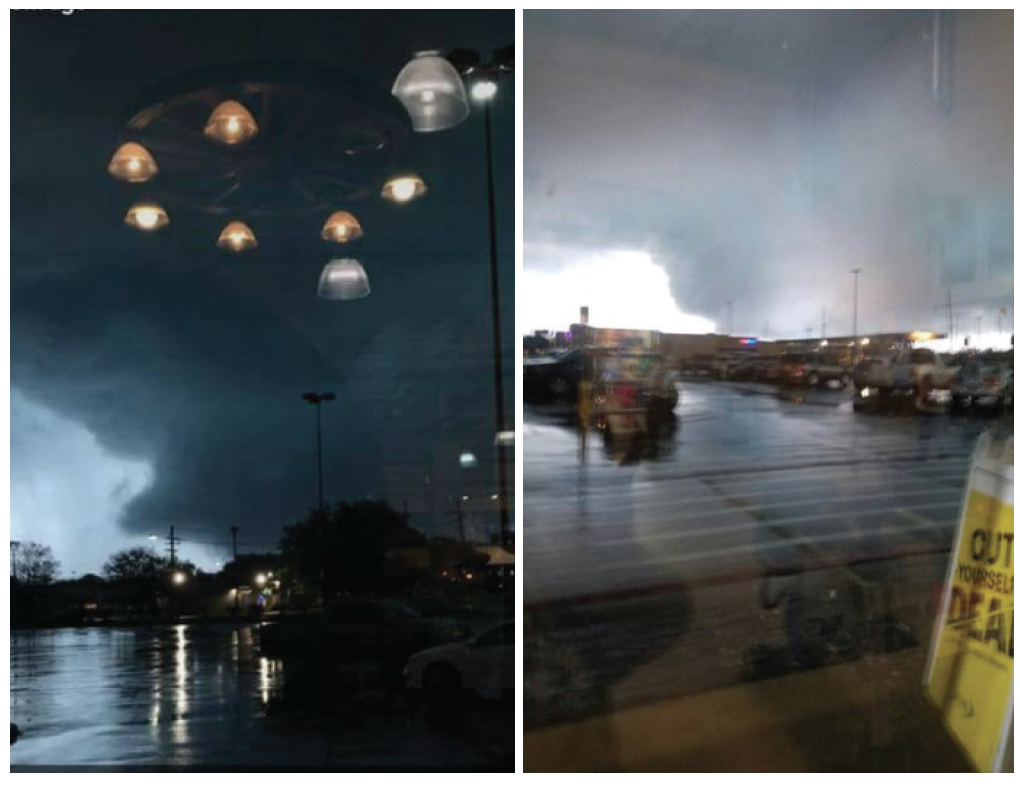
Figure 1. Pictures taken with cell phones of the tornados that swept through Alexandria, Louisiana.
BAD NEWS, GOOD NEWS, BAD MOVES
The bad news was that the building struck by the tornado was the main site of our practice. It was where we did all preoperative testing, stored all of our paper charts, and saw all patients during clinic hours. The good news was that April 2 was a Sunday, so no patients or staff were at the facility to be exposed to any danger. Once the alarm was sounded and employees heard what happened, however, some of them showed up at the site to offer their help.
Although these were kind gestures on the part of our employees, we later learned that there are important reasons they should instead have stayed away. First, driving conditions were dangerous because of downed power lines. Second, the building was extremely hazardous because the electricity was still on and there was standing water everywhere. Third, water was still falling from the ceiling, and parts of the ceiling were still collapsing and falling down (Figure 2).
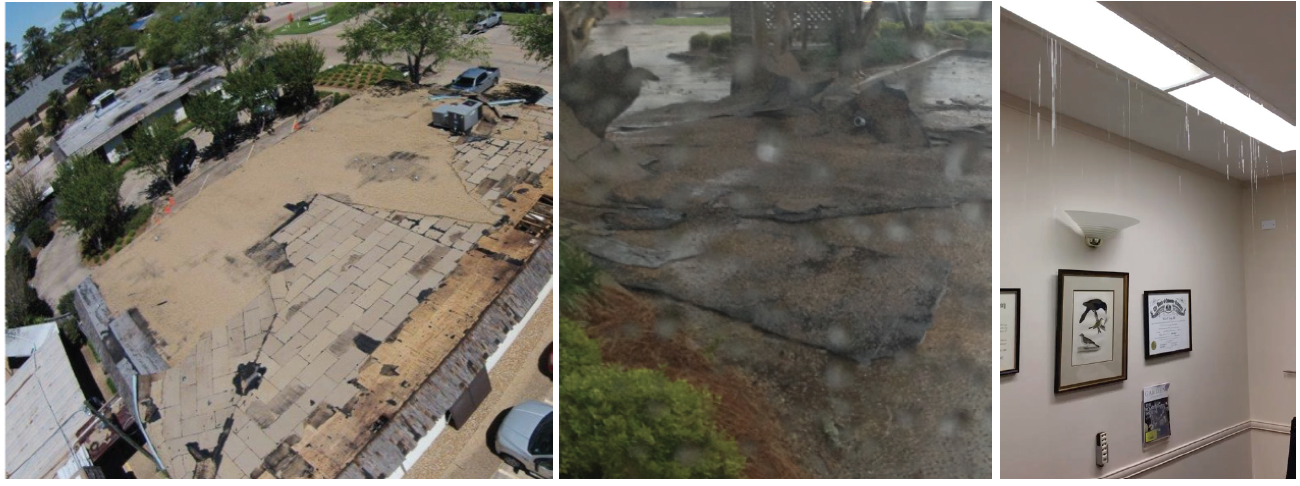
Figure 2. The destruction caused by the tornado to the roof (left), the parking lot (center), and the interior (right).
One’s initial instinct may be to show up and help, but nothing that could be saved is worth putting oneself at risk. What’s more, it turns out that insurance is less likely to cover items that are salvaged. So, while we appreciated these actions of our employees, we would encourage them and others to stay away after future destructive events such as this.
We should also point out that three additional things made our recovery and rehabilitation process less painful than it might have been:
No. 1: We had recently bought a building into which we were planning to expand. It was vacant and available to outfit quickly with examination lanes and diagnostic equipment.
No. 2: Our nearby ambulatory surgery center (ASC) was not hit. It escaped any damage.
No. 3: The only room in the main building to be spared the tornado’s impact was the chart room. Amazingly, not a single patient record was damaged or lost.
LESSONS LEARNED
We have learned important lessons and made key changes as a result of the damage we experienced in the tornado this past year.
No. 1: Get to the right adjustor. The first thing to be done after a disaster strikes is to notify the insurance company. One’s aim should be to reach a person who can make big decisions as quickly as possible. (That’s not always easy.) To reach the appropriate adjuster for the so-called million-dollar club, which was the level of our claim, you may have to first go through two or three lower-level adjustors. We had changed insurance carriers not long before the tornado, and we were surprised and relieved to find that our new carrier was easy and accommodating to deal with. That may have been because our tornado was nationally reported in the media. It was clear that it was a legitimate natural disaster, so there was no reason for the insurance carrier to question our claim.
No. 2: Consider business interruption insurance coverage. One important factor was that our insurance policy included business interruption coverage. That meant that it was in the insurance company’s interest to do whatever it could to protect our profitability and get us back to work quickly. In our case, they were willing to help us open and equip a temporary facility. Our practice has a campus-like setup, with four buildings facing one corner. Only one of them was affected, but it was catastrophically affected, and it was our most important clinic building. Rather than rent a space to create a temporary clinic, we negotiated with the insurance company to outfit our recently purchased building into a temporary clinic. The silver lining of this arrangement was that we got to keep using the renovated facility, which maximized the value of the payout.
No. 3: Relationships matter. In that moment after the tragedy, the main goal must be to quickly get back up and running. With that said, if you can make good decisions during that early chaos, you can set yourself up better for the long run. We had the temporary clinic up and running in less than 3 weeks, and the demolished building (Figure 3) was rehabbed within 4 months. These are the times when the value of good relationships with equipment providers pays off; we had worked with one company and one particular individual at that company for decades, and he came to our aid quickly to get us up and running in the new building.
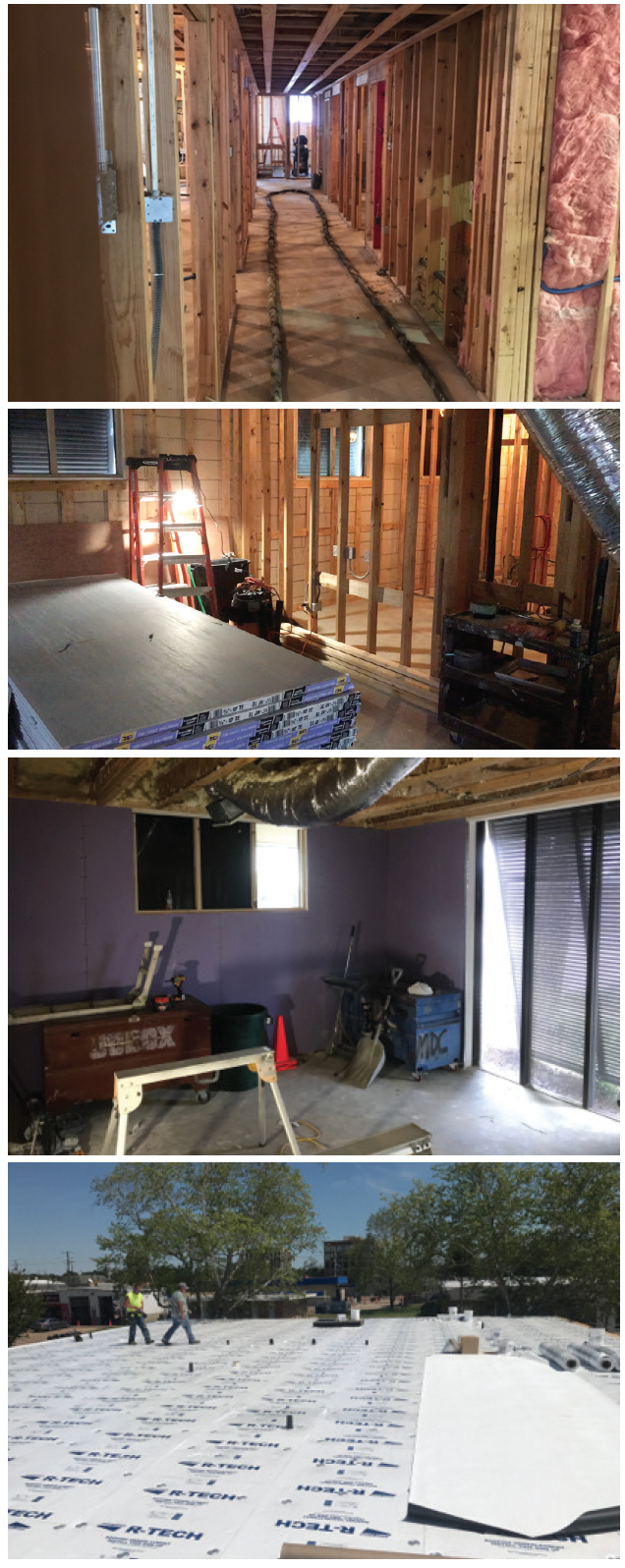
Figure 3. Rebuilding of Wallace Eye Associates’ main building.
THINGS TO KEEP IN MIND
Following are some other things to keep in mind if you find yourself in a similar disastrous situation:
Electronic health records (EHRs). We opened the new building in August, and in September we transitioned to an EHR system. It was not easy, but we know that this system will protect us and our patients’ records in the future. All of our records are now stored in the cloud, so the threat of losing paper charts in a natural disaster is eliminated.
Redundant scheduling and testing. We were doing all of our surgery scheduling in the building that was affected by the tornado. Now, because we have the luxury of two offices, if anything happens to one of our offices we can still do our diagnostic testing and surgery scheduling in the other building without interruption.
Vendors. Find out if loaner equipment can be made available if you ever need it. We had six lanes of equipment delivered in less than 3 weeks, and the insurance company was happy to pay for it in the name of preserving profitability because we had business interruption coverage.
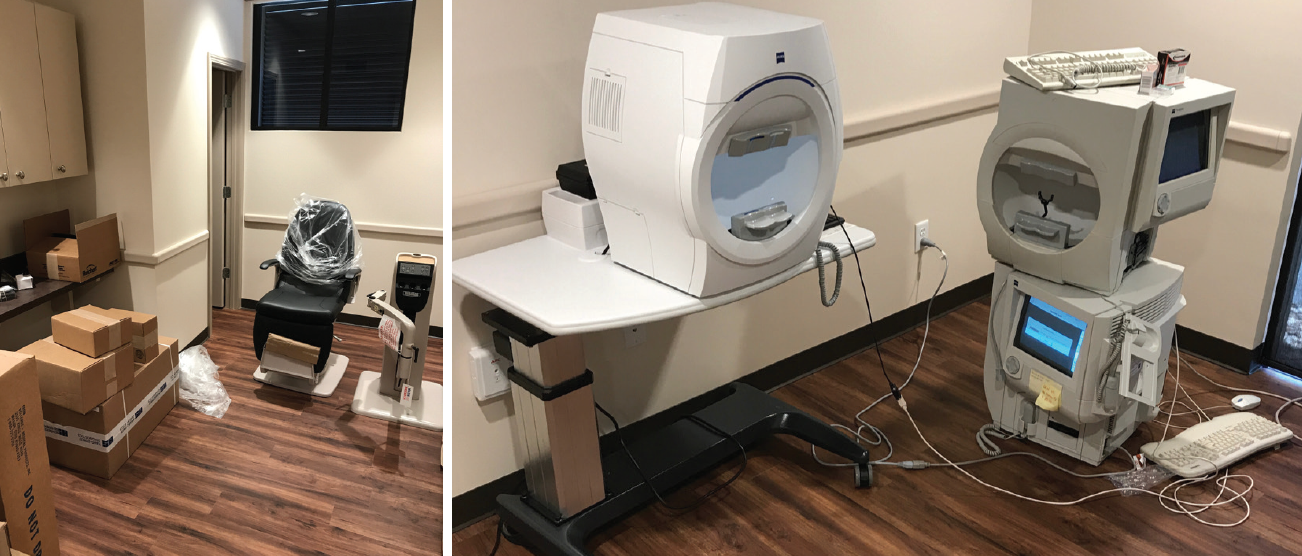
“These are the times when the value of good relationships with equipment providers pays off; we had worked with one company and one particular individual at that company for decades, and he came to our aid quickly to get us up and running in the new building.”
SILVER LININGS
Yes, our main building was destroyed by a tornado. But now, every single thing in that building is brand new, and in some cases upgraded from its previous state (Figure 4). We have also learned that there are kind and generous people everywhere. The contractors we worked with and our equipment vendors bent over backwards to help us out. It was heartening to see that side of so many people, brought to the fore in the wake of a disaster.

